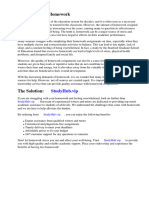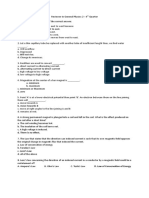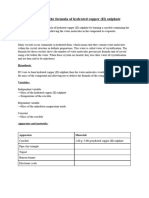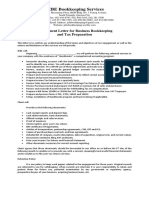0% found this document useful (0 votes)
93 views13 pagesSocial Issues Project
The document discusses major social issues including poverty, inequality, and discrimination, outlining their definitions, causes, impacts, and potential solutions. It emphasizes the importance of addressing these issues for societal development and highlights efforts by governments and NGOs to combat them. The conclusion calls for collective action to foster a fair and just society.
Uploaded by
koushalsamridhCopyright
© © All Rights Reserved
We take content rights seriously. If you suspect this is your content, claim it here.
Available Formats
Download as DOCX, PDF, TXT or read online on Scribd
0% found this document useful (0 votes)
93 views13 pagesSocial Issues Project
The document discusses major social issues including poverty, inequality, and discrimination, outlining their definitions, causes, impacts, and potential solutions. It emphasizes the importance of addressing these issues for societal development and highlights efforts by governments and NGOs to combat them. The conclusion calls for collective action to foster a fair and just society.
Uploaded by
koushalsamridhCopyright
© © All Rights Reserved
We take content rights seriously. If you suspect this is your content, claim it here.
Available Formats
Download as DOCX, PDF, TXT or read online on Scribd
/ 13























































































